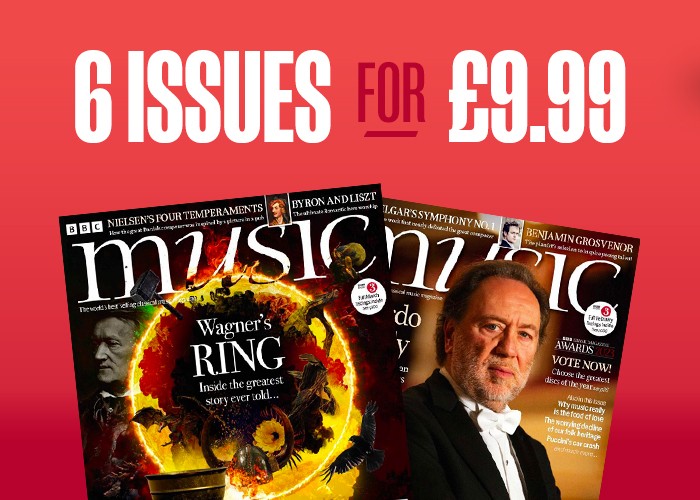What instruments did Queen Victoria play and own?
Andrew Green explores Queen Victoria's musical treasures

Sit back and explore the myriad instruments owned by Queen Victoria and her husband Prince Albert
Queen Victoria's musical instruments
Erard piano
Buckingham Palace, London

It may have been described by none other than Proms director David Pickard as ‘an impressive piece of bling’ but Queen Victoria’s Erard piano has spent many years sitting demurely in Buckingham Palace’s White Drawing Room. Lemon-tinted sofas are grouped in front of the fireplace, the piano to one side. No flight of fancy to picture Victoria, Albert and any musical guests performing after dinner.
‘Victoria’s journal shows that she played the piano almost every day from her teens,’ says Sally Goodsir, assistant curator of decorative arts at the Royal Collection Trust. ‘Her musical relationship with Albert was that of equals. He was an accomplished pianist and singer and encouraged Victoria to play, although only for her own satisfaction, or for family and friends.’
The established Erard piano manufacturer numbered Liszt and Mendelssohn among its devotees. The delivery of Victoria’s 1856 choice was widely reported. The Morning Post noted the ‘delicately executed floral and arabesque surroundings’ enshrouding the symbols for music and dancing painted on ‘the groundwork of solid gold [sic], highly varnished and polished.’
This wasn’t Victoria’s first Erard, says Goodsir. ‘It was what you might call an upgrade. The 1856 instrument has quite a soft tone, which might have appealed to Albert’s temperament.’
Lincoln organ
Buckingham Palace, London

The route through the Palace takes you past the East Gallery’s array of priceless paintings to the plushly appointed Ballroom. The eye is caught by the gallery surmounted by the sizeable early 19th-century organ by Henry Cephas Lincoln. It’s still played at official functions.
The organ started life in Brighton’s Royal Pavilion. When Victoria and Albert decided to extend Buckingham Palace for their ever-growing family, the government agreed on condition that the Pavilion was sold. ‘Victoria and Albert knew the organ well and kept hold of it after the sale,’ Goodsir explains. ‘They were both organists – Victoria had an instrument in her private rooms. She pumped the bellows when Albert played.’
More like this
Fronted by a ‘spacious orchestra’, the by-now-adapted organ graced the glittering State Concert for the opening of the ‘Ball and Concert Room’ in July 1856. Disappointingly, says Goodsir, ‘we have no idea if the royal couple ever crept into the room to play the organ privately!’
Basse de violon (unknown maker)
Royal Collection Trust
Though not currently on display, this musical treasure (a relative of the double bass) is as evocative as any in the Royal Collection. Owned by the first great double bass virtuoso, Domenico Dragonetti, it was bequeathed at his death in 1846 to Prince Albert, who heard him play it the previous year – one of several times the pair met.
The astounding Dragonetti first made waves in his native Venice, but by the mid-1790s had settled in London. He proved triumphantly that the double bass could be far more than a workhorse. Before him, the instrument seemed ‘to wage eternal war with melody’, said one observer, but Dragonetti could convey ‘the charms of soft harmonious sounds’.
His compositions for the double bass have been recorded by Leon Bosch, who says ‘they demonstrate his technique set extraordinary new standards. Works like the famous Solo in E minor, which he surely played for Albert, show there was also an elegance to his playing.’
Alexandre et Fils harmonium
Osborne House, Isle of Wight
Take the Lymington-Yarmouth ferry to West Wight and drive across captivating countryside to Osborne House in East Cowes – a favourite residence of Victoria and Albert. It contains several of their instruments, including this Paris-made harmonium in the Prince Consort’s Dressing/Writing Room, with its view down to the Solent. It cannot be 100 per cent verified that this is the Prince Consort’s Osborne House 1844 harmonium as mentioned in Victoria’s journals, but it seems very likely.
This instrument, with its fetching rosewood case, recalls the harmonium’s huge 19th-century popularity, from countless cheaper examples in chapels and churches to imposing concert hall models. Serious-minded composers like Rossini and Berlioz wrote for the harmonium, relishing the orchestral range of sounds available in the grandest examples. Albert’s harmonium has more modest capabilities, but doubtless served its master well.
Main image: Queen Victoria watching Prince Albert playing the organ to Felix Mendelssohn. © Getty Images




